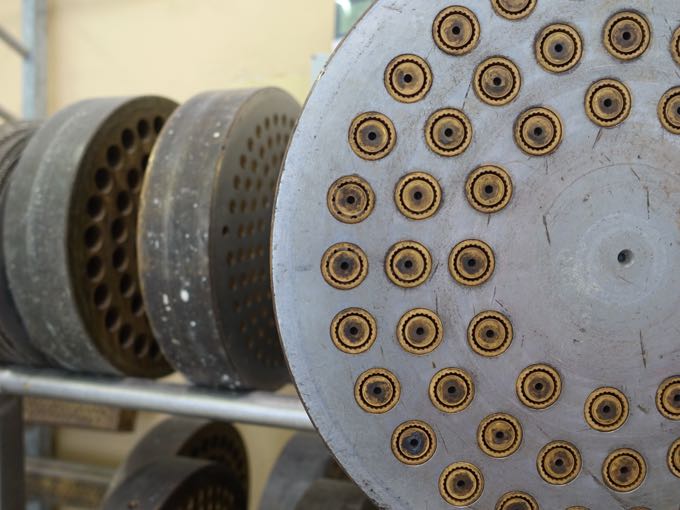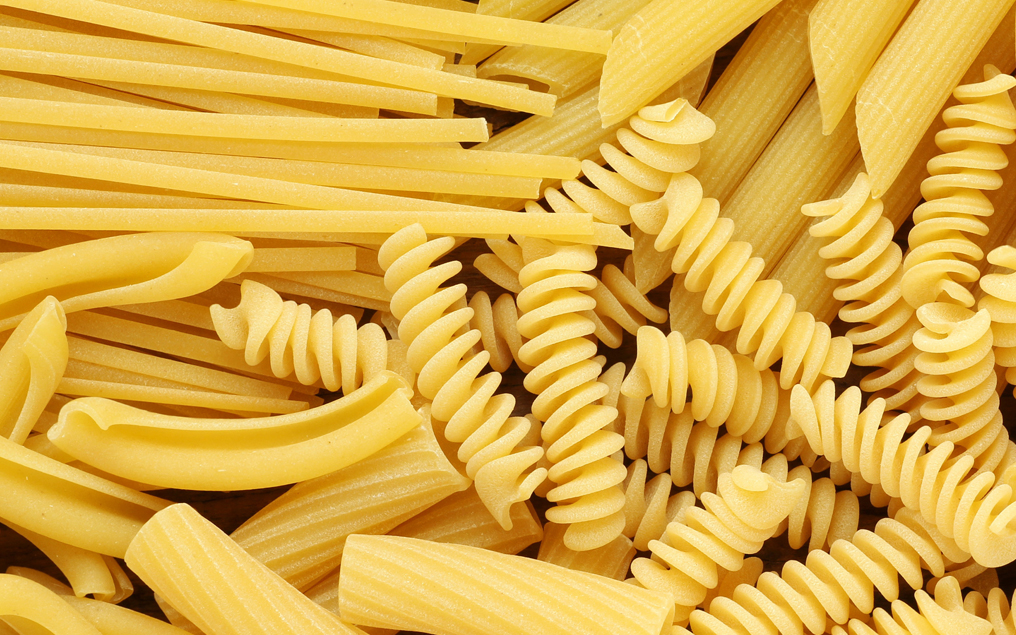Pasta is one of the most loved foodstuffs on the planet. With a history stretching back to the 12th century (or possibly much earlier), it continues to bring comfort to the tables of many, regardless of where they are in the world. Despite the universal popularity of pasta, however, the undisputed experts of this carby delight are the Italians.
With hundreds of different shapes of pasta, each intended for a particular sauce or preparation, the Italians certainly know their stuff. This is no less true of dry pasta, the most common variant found in almost every kitchen cupboard around the globe. What therefore do the Italians have to tell us about how to buy it?
Tip 1 – Check the protein content
Dried pasta is made of only two ingredients: durum wheat and water. Despite this simple pairing, the nutritional values of pasta can vary greatly, acting as indicators of its quality. The most important nutritional value to consider when choosing your pasta is the protein content, which is linked to the grade of the durum wheat used. As a rule of thumb the higher the protein content, the better tasting the pasta. In Italy, it is not possible to buy a dry pasta that contains less than 10.5% protein content. For the more discerning pasta eaters among you, anything less than 13% protein content should be avoided.
Tip 2 – Check for ‘Bronze-cast’ or ‘Bronze-cut’ pasta
Pasta begins its life as a simple dough of durum wheat and water, as mentioned above. To transform into the shapes that we all recognize, the pasta must pass through a die or mold. Many companies use dies or molds made from Teflon as it is a relatively cheap material. Pasta which is produced from these dies can be recognized from its smooth and shiny surface – perhaps aesthetically pleasing, but bad for holding sauces. Dies made from bronze, on the other hand, produce a pasta which is rougher and therefore holds onto sauces much better than Teflon-made pastas. If you’d like to really get into the detail on the effect of different types of dies on the quality of pasta, check out this scientific article from 2011.

Tip 3 – The drying process
Alongside the type of die used, another aspect which impacts on the quality of your pasta is how it is dried after being molded. Lower quality pastas are dried in a matter of hours using high temperatures, whilst pastas of some quality are dried at lower temperatures over a longer period. As longer processes require more storage space, these pastas naturally come at a higher price. For the extra cash, you get a pasta which is not only better nutritionally, but also has a fuller, nuttier taste. Suppliers do not usually state how the pasta has been dried, so how can we find out? Just take a look at the pasta – the surface should again look slightly rough and a little powdery.
Armed with these three tips straight from the bel paese, you should now be able to stock your shelves with only the best tasting pasta.
If you have any questions regarding where to source pasta, or have any other queries about Italian Food Products, please don’t hesitate to contact us.

